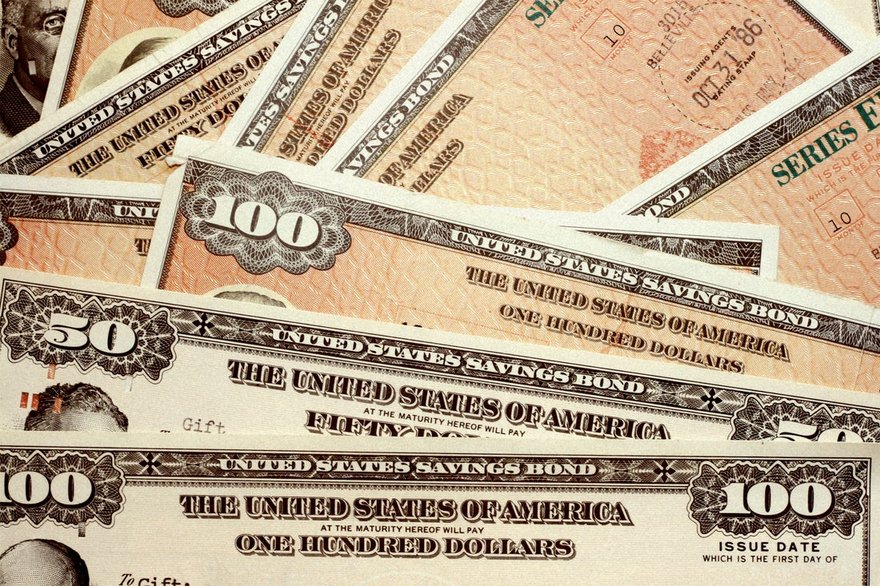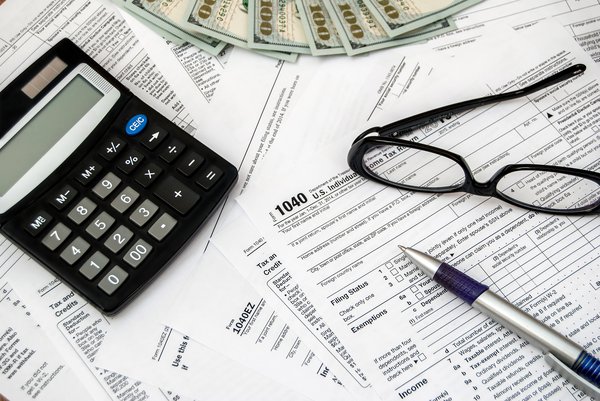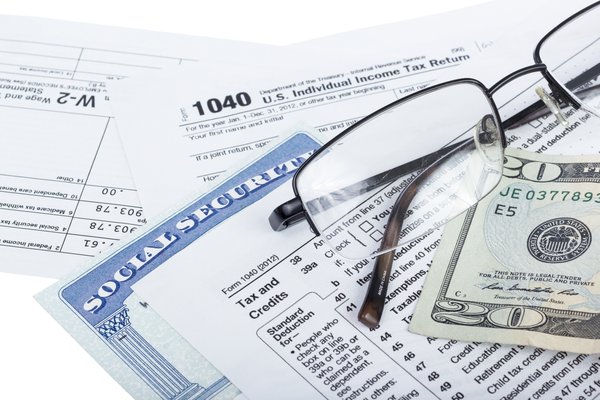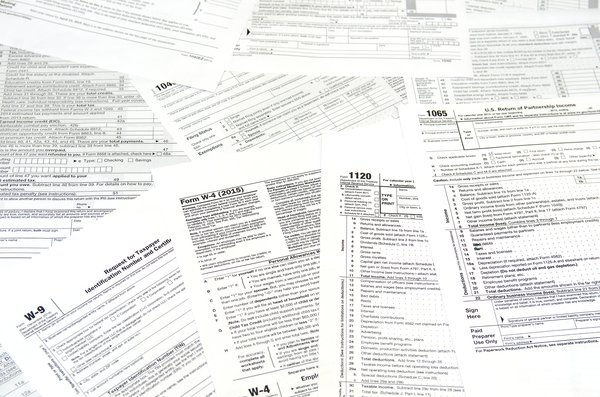During World War II, posters bearing slogans like "Lend a Hand! Bonds Buy Bombs" and "Let 'Em Have It! Buy Extra Bonds" were a common sight. These messages advertised war bonds, which were used by the U.S. government to finance both world wars. In this article, we'll give you a brief history of war bonds and the role they played in military operations.

What are war bonds?
War bonds are debt instruments issued by governments to fund their military and provide economic support during times of conflict. The U.S. government issued war bonds to raise capital quickly from the public during World War I and World War II.
However, war bonds also played an important psychological role during both conflicts. The government unleashed a huge propaganda campaign to encourage citizens to show their patriotism by buying war bonds, often enlisting celebrity spokespeople to support the effort.
The U.S. government first introduced war bonds (then known as defense bonds), which were branded as Liberty Bonds during World War I. The sale of Liberty Bonds generated $21.5 billion between 1917 and 1919 -- the equivalent of more than $5 trillion today.
During World War II, the federal government renamed defense bonds as war bonds after the Japanese attack on Pearl Harbor. More than 84 million Americans bought about $185 billion worth of war bonds (almost $1 of every $5 the U.S. borrowed to fight the war) during the Second World War. Throughout the conflict, war bonds were used not only to support military efforts but also to take money out of circulation and control inflation. These bonds were also known as Series E bonds.
How did war bonds work?
Whenever you buy bonds, you're essentially lending money to the issuing government or corporation. War bonds were no different. The people who purchased war bonds lent money to the American government.
War bonds were a type of savings bond known as zero-coupon bonds. Unlike most bonds, which offer periodic fixed interest payments (called coupons) until the bond matures, zero-coupon bonds are purchased at a discount and then redeemed for their full face value at maturity. For example, you could purchase an $18.75 war bond, then redeem it for $25 when it matured 10 years later.
Can you still redeem war bonds?
Series E bonds were discontinued in 1980; the final Series E bonds stopped earning interest in 2010. Although the bonds didn't make interest payments, they could accrue interest and increase in value for 30 to 40 years.
If you're in possession of war bonds -- either because you're the original owner or you inherited them -- you can still redeem them. You can use the Treasury's savings bond calculator tool to look up their value. You'll need to enter:
- The bond series (E, in this case)
- Denomination
- Issue date (war bonds were issued on paper; you can find the date on the top right corner)
You can redeem paper war bonds at a bank that offers savings bond redemptions or by mail.
Related investing topics
Ukraine: A modern-day example of war bonds
The Ukrainian government is dealing with mounting debt after two and a half years of fighting Russia's invasion. So, it's turning to war bonds to pay for the ongoing cost of the conflict.
Reuters reports that Ukraine's finance ministry doubled domestic borrowing in September 2024 compared to the previous month, generating about 28.9 hryvnias (Ukraine's currency), or about $700 million from war bonds. The government has seen a spike in Ukrainian individuals and businesses buying war bonds since the start of the war.
Ukraine's war bonds are generating yields of 15% to 18% for hryvnia-denominated paper and more than 4% for dollar-denominated paper, Reuters reports.














